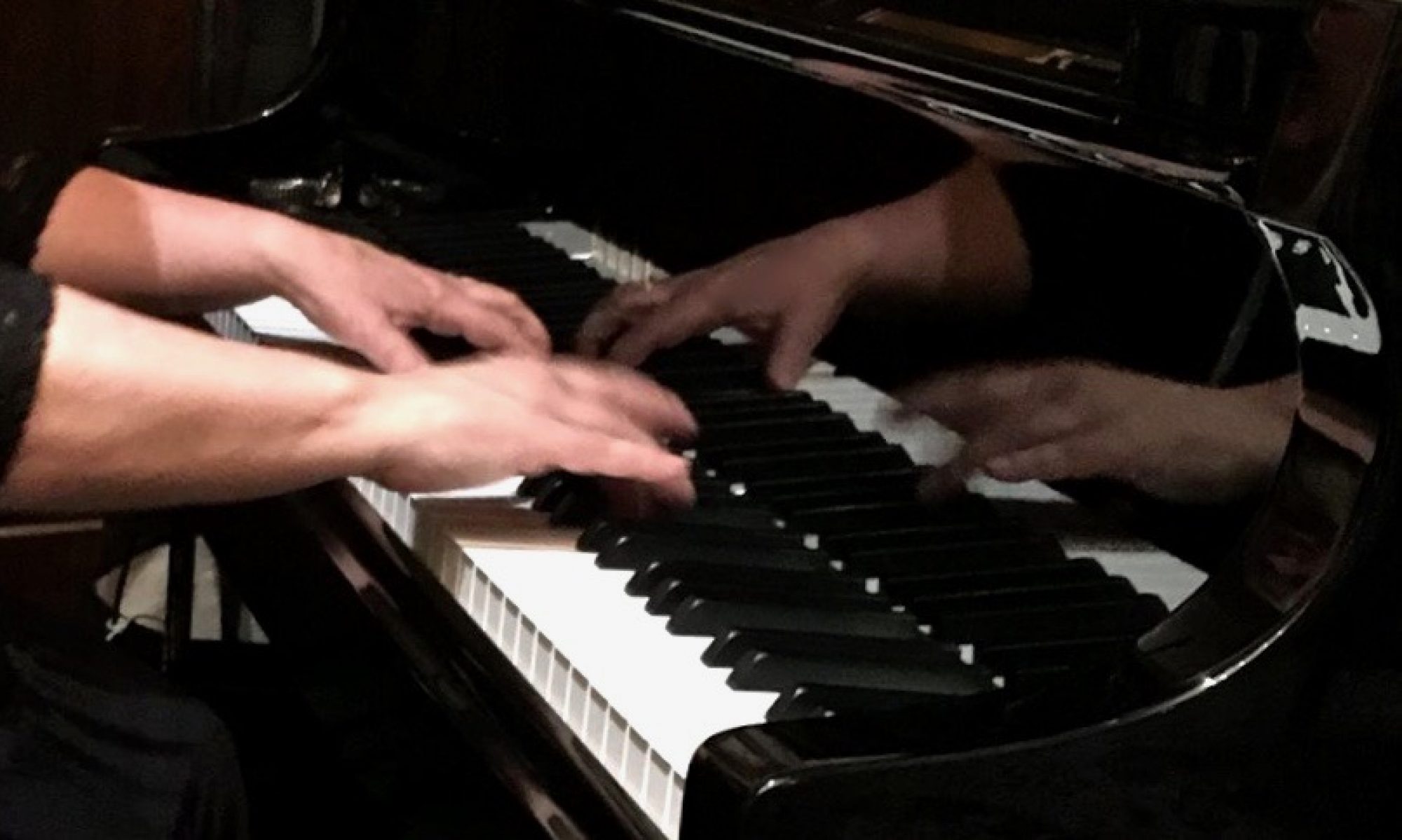Disappointed Don sat on my piano bench, looking perplexed as to why he couldn’t manage to take a decent solo on C Jam Blues. “Should I be learning the modes of the ascending melodic minor scales in all 12 keys – is that what I need to do?” he asked. Truth be told, after several lessons my sweet and studious adult student still struggled with swinging the 2 note melody to the tune. Don poured over every jazz piano and music theory book he could get his hands on, took weekly lessons from myself plus another piano teacher in town, attended jazz workshops/adult music camps whenever he could. I think he had too many masters to try to follow, too much theory to sort out, too many scales buzzing around inside his head, which in turn caused his fingers to freeze at the keys! (It didn’t help that he spent more time reading a stack of books about jazz instead of actually practicing the piano.) Continue reading “On a Scale of 1 to 1000: How Many Do You Need To Know?”
An Experiment With ‘Rhythm Changes’ (Skeletons Dance at Midnight)
Ever wonder what would happen if you took Rhythm Changes and put them in a minor key? You just might get a spooky October surprise!
First, let’s define “Rhythm Changes“. (It has nothing to do with a rhythm changing or any meaning close to that. This jazz musician term is simply a shortening of the phrase, ‘Play the same chords (aka the changes) that George & Ira Gershwin used for their popular tune, I Got Rhythm’. Knowing how to improvise over Rhythm Changes (especially in the key of Bb), is an expected part of every jazz musician’s repertoire, next in line after being able to improvise over the 12 bar blues form. Continue reading “An Experiment With ‘Rhythm Changes’ (Skeletons Dance at Midnight)”


